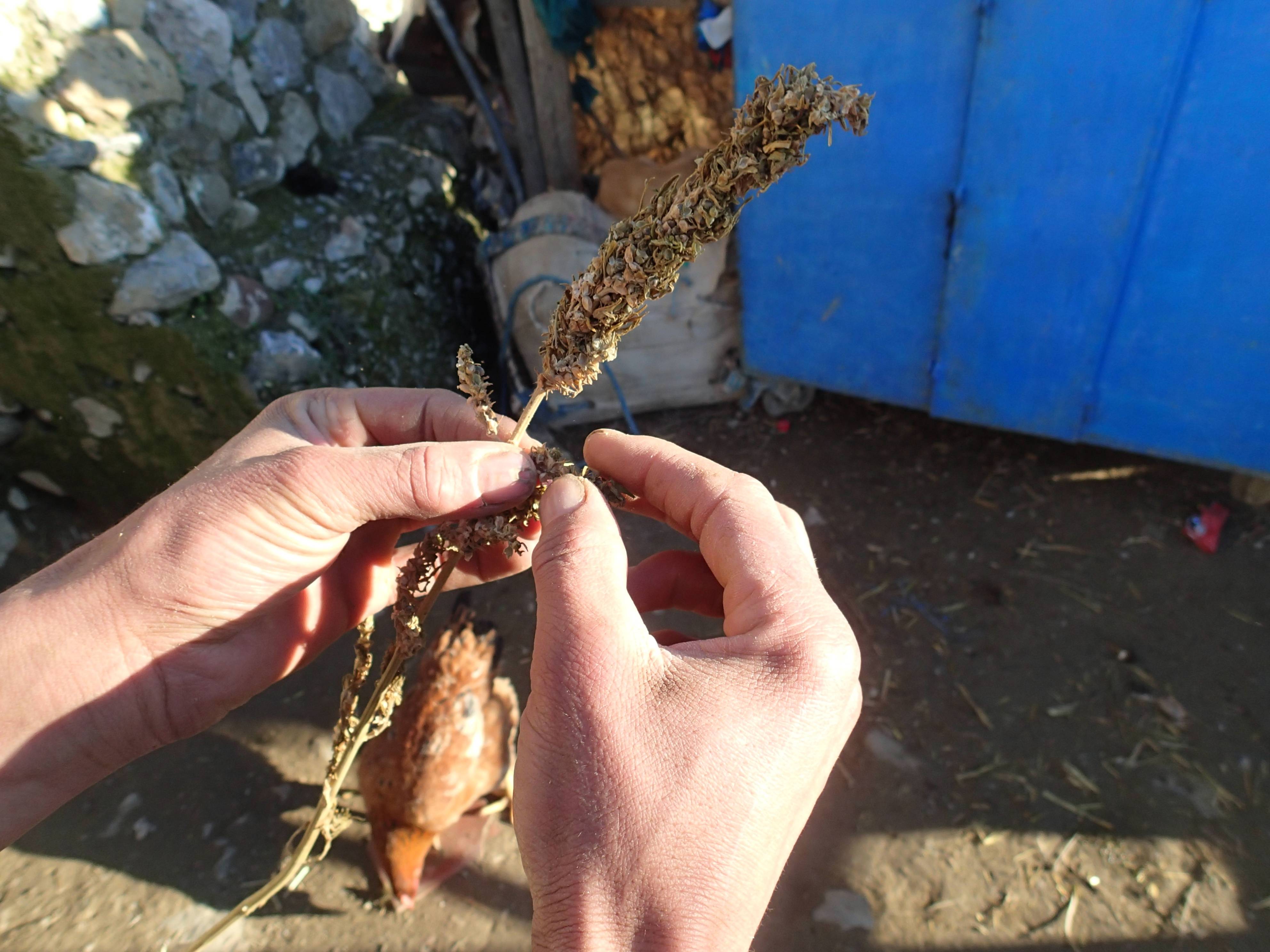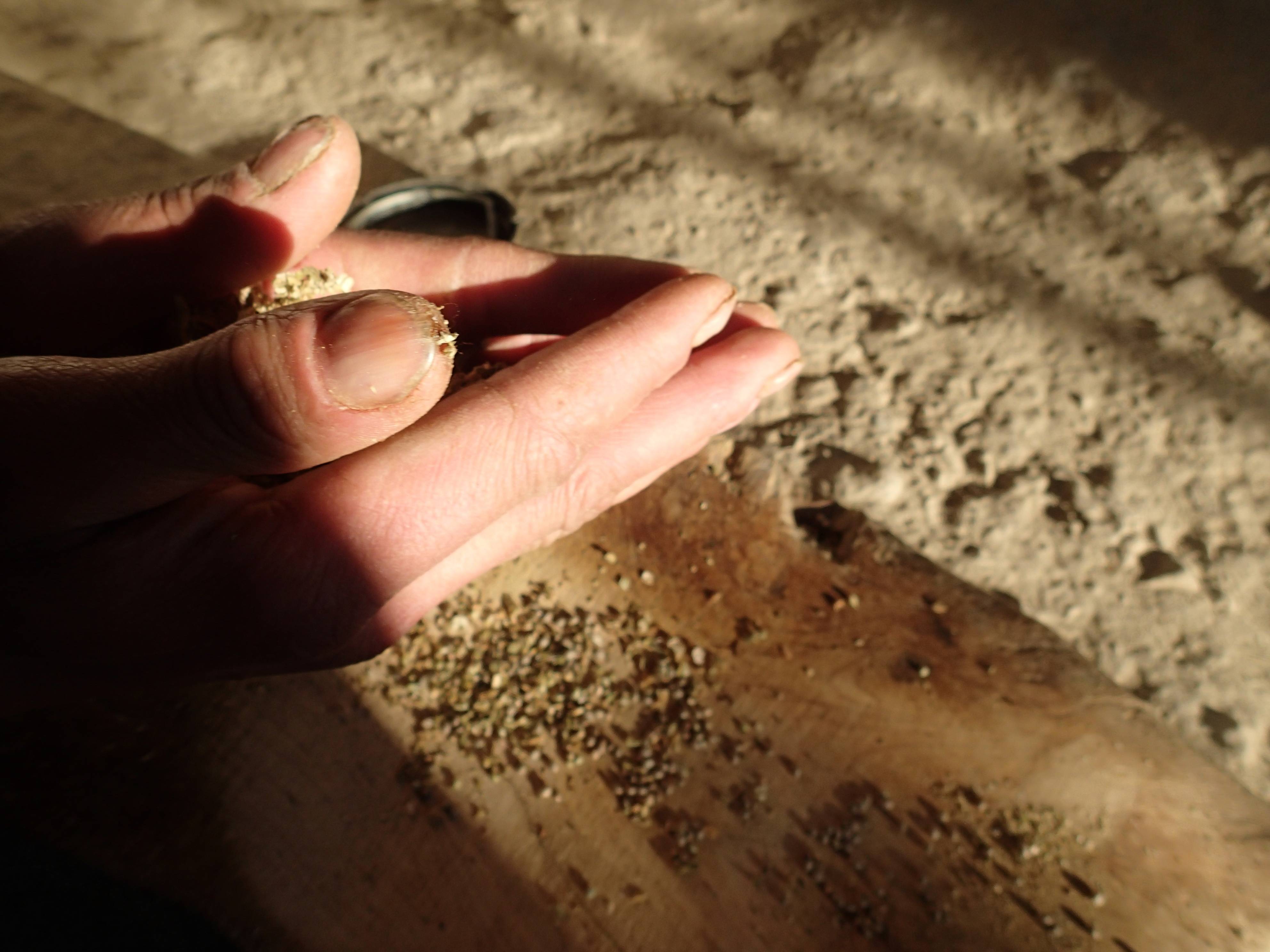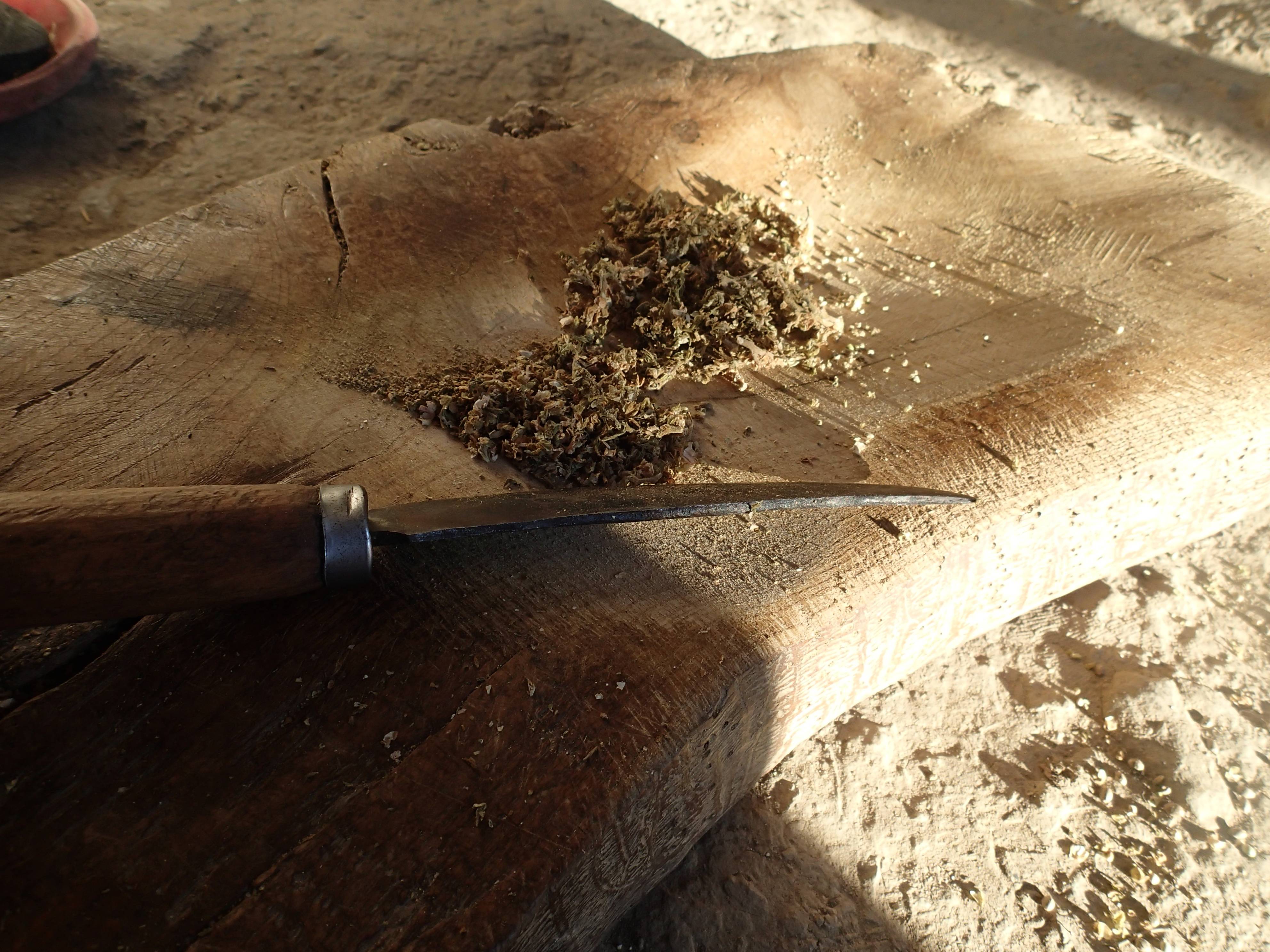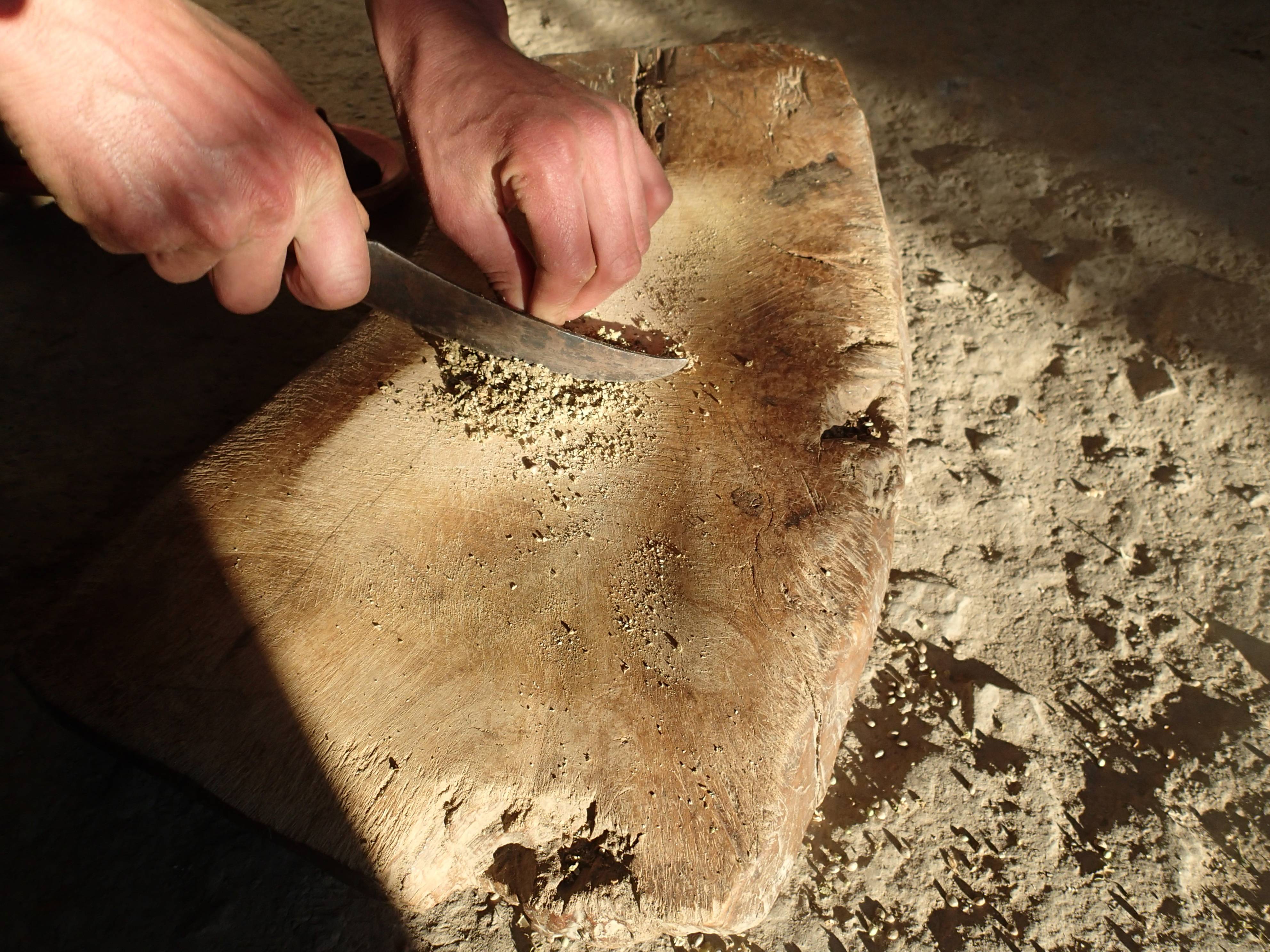Hi everybody, thanks for your comments !
You will find a bunch of explanation on the Kif in my previous post, the weed tobacco mix that has been consumed for 100s of years in Morocco.
Here are some details picts of the process.
1. Leaf Removal

2. Sorting the seeds to remove as much as possible

3. Using a knife to transform the bud into small powder


You will find a bunch of explanation on the Kif in my previous post, the weed tobacco mix that has been consumed for 100s of years in Morocco.
Here are some details picts of the process.
1. Leaf Removal
2. Sorting the seeds to remove as much as possible
3. Using a knife to transform the bud into small powder

 )
)
 I hope this thread will shade even more light on the Moroccan hash production... I will reference some interesting publications found here and there. It will be a follow up of the excellent threads on Morocco here on IC.
I hope this thread will shade even more light on the Moroccan hash production... I will reference some interesting publications found here and there. It will be a follow up of the excellent threads on Morocco here on IC.



